Discover the meaning behind each of the symbols!
Click on the Icons to learn more!
+

Indigenous Ways of Being Knowing and Doing (IWBKD)
The turtle holds significant symbolism for many Indigenous peoples in North America, often representing patience, wisdom, determination, and longevity, as well as Turtle Island, the continent of North America. In some oral traditions, the turtle represents creation and is said to support the world and is an icon of life itself. However, different Indigenous nations across Turtle Island (or North America), have their own unique interpretations and stories about the turtle’s significance within their own ways of being, knowing and doing.
An Indigenous Knowledges mindset enables us to respect, reflect on and embrace Indigenous cultures, perspectives, systems of knowledge and approaches to life. As humble and open individuals, Humber graduates recognize the cultural foundations and history of the land we inhabit and understand how they have shaped Indigenous realities today. They act bravely to create space for reconciliation, helping to co-create a future based on wisdom, love, honesty and truth.
+
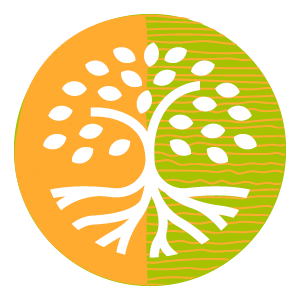
Equity, Diversity, Inclusion and Belonging
Not only are trees central to resilient and productive forest areas, they also create environments conducive to new plant growth, supporting one another. Trees help increase biodiversity and improve the functioning of ecosystems.
An equity, diversity, inclusion & belonging mindset enables us to create a fair, just and inclusive world. As equity-minded individuals, Humber graduates have a deep understanding of and respect for human diversity, intersectional identities and cultural complexity. They act with empathy, compassion and humility to remove barriers for equity-deserving groups and create equal opportunity for all individuals and communities.
+
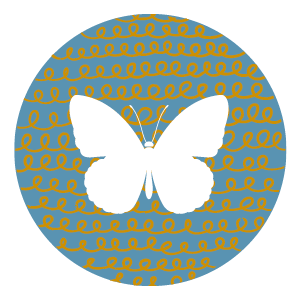
Sustainability
As pollinators, monarch butterflies migrate across the continent, providing an invaluable service essential for many ecosystems to thrive. It takes four phases, or generations, of butterflies to complete a full migration, but it’s only the fourth generation that migrate to Mexico. They are the offspring of their monarch ancestors.
A sustainability mindset enables us to think and act with collective futures in mind. As sustainability-minded individuals, Humber graduates lead by example. They promote equitable and sustainable practices in their professional and personal lives. They act responsibly in environmental, economic and social ways that protect our planet and contribute positively to the well-being of our communities.
+
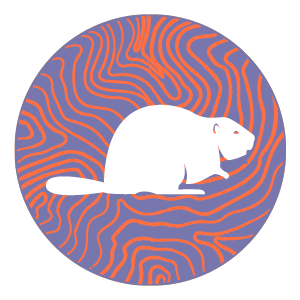
Systems Thinking
Beavers are considered “ecosystem engineers” and help manage water systems. They are the keystone species that helps fight drought and climate change. They instinctively know the basics of dam building and are very attuned to the sound of running water.
A systems thinking mindset enables us to effect real change by harnessing the interconnectedness of all things. As systems thinkers, Humber graduates approach situations by knowing the limits of their own knowledge and engaging multiple perspectives. They ask “what if?” They are curious, compassionate and courageous thinkers who actively break down silos and promote holistic problem finding.
+
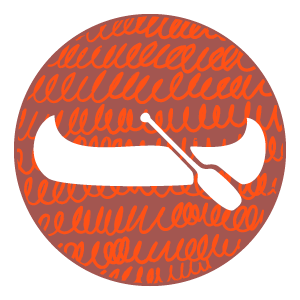
Critical Thinking
The canoe's construction was perfected by the Indigenous peoples of Canada. It provided efficient transportation of people and supplies across water and even across land. Skilled navigators used critical thinking to guide crew members through even the most treacherous waters to their destination.
As critical thinkers, Humber graduates have awareness of their thinking process and apply this process to behaviour and action. They approach issues with an open mind, questioning all perspectives and systems of thought. They assess and analyze all relevant information, and accurately and comprehensively represent key issues. They communicate and collaborate effectively with others to achieve well-reasoned conclusions and make evidence-based recommendations.
+
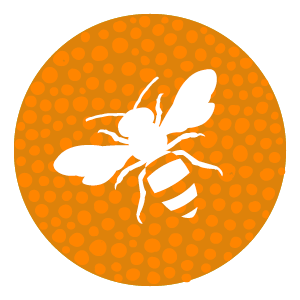
Collaboration
Honey bees are efficient, well-organized, communicative and collaborative. They work together to bridge gaps, each member having a definite task to perform, but can switch jobs to ensure that the hive always runs efficiently.
Collaboration skills enable individuals to work with others effectively to achieve a common goal.
Collaboration is:
- active listening
- conflict resolution
- emotional intelligence
- goal-setting
- individual accountability
- self-regulation
+

Communication
Coyotes are very sociable and use vocalizations to communicate, including high-pitched howls, yelps and barks. Other forms of communication could involve a warble, yip or laugh. They do this to call the pack together or to warn the pack.
Communication skills enable individuals to convey information effectively.
Communication is:
- clarity & conciseness
- credibility & integrity
- purpose & audience
- tone & medium
+

Digital Fluency
Bats are completely comfortable navigating in light or in darkness. During the day, they use visual abilities and during the night, they use echolocation (sound waves). Bats are highly adaptable and always in a ready position to change direction at any time.
Digital fluency skills enable individuals to use and adapt to digital tools, manage information, conduct research and create and communicate effectively and ethically in digital spaces.
Digital fluency is:
- data analytics
- ethics & security
- information management
- multi-platform competency
- new media literacy
- online professionalism
+
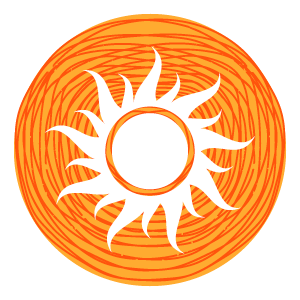
Innovation
The Sun is the centre of our solar system, the source of all heat and light, and can be harvested as a renewable resource. The Sun illuminates the world around us. It is the life-force that enables all things to thrive and grow.
Innovation skills enable individuals to think creatively and critically to generate new and unconventional ideas.
Innovation is:
- curiosity
- design thinking
- entrepreneurialism
- targeted creativity
- vision
+

Leadership
In a world that is highly competitive, leaders are depended on for their creative “blue-sky or big-sky" thinking. Blue-sky thinking is about optimism, hope, skill and wonderment that can lead to invention and positive change.
Leadership skills enable individuals to inspire, motivate and empower others to achieve positive, common goals.
Leadership is:
- coaching & mentoring
- empowerment of others
- being a positive influencer
- role-modelling
- vision
- working in diversity
+
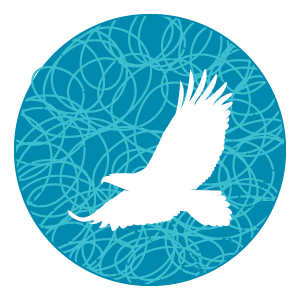
Professionalism
Hawks are strong, powerful birds. Their wings allow them to soar, but their most important attribute is their sharp vision allowing these high-soaring birds to see from great distances.
Professionalism enables an individual to exhibit behaviour and actions that enhance personal reputation and contribute positively to success in the workplace.
Professionalism is:
- accountability
- adaptability
- confidence
- ethics & responsibility
- field/industry readiness
- resilience
- resourcefulness
+
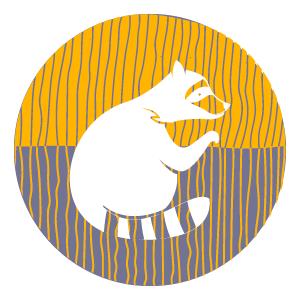
Strategic Problem-Solving
Raccoons learn quickly and are capable of remembering solutions to problems solved. They approach new situations and find workable solutions through intelligence, audacity and tenacity.
Strategic problem-solving skills enable an individual to predict and define a problem, and to determine the best approach to achieving a solution.
Strategic problem-solving is:
- applying knowledge, skills and prior experience
- critical judgement
- context awareness
- effective decision-making
- evaluation of solutions
- pre-emptive evaluation
![]()
![]()
![]()
![]()
![]()
![]()
![]()
![]()
![]()
![]()
![]()
![]()
![]()
![]()
![]()
![]()
![]()
![]()
![]()
![]()
![]()
![]()
![]()
![]()